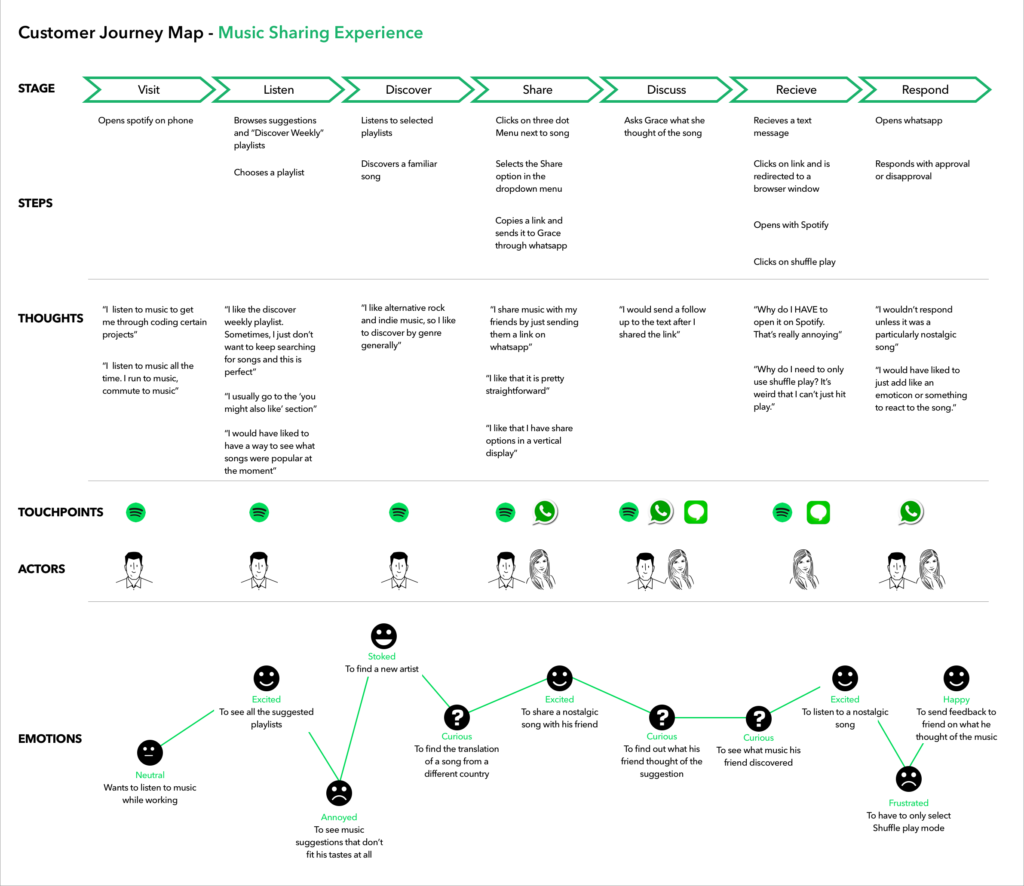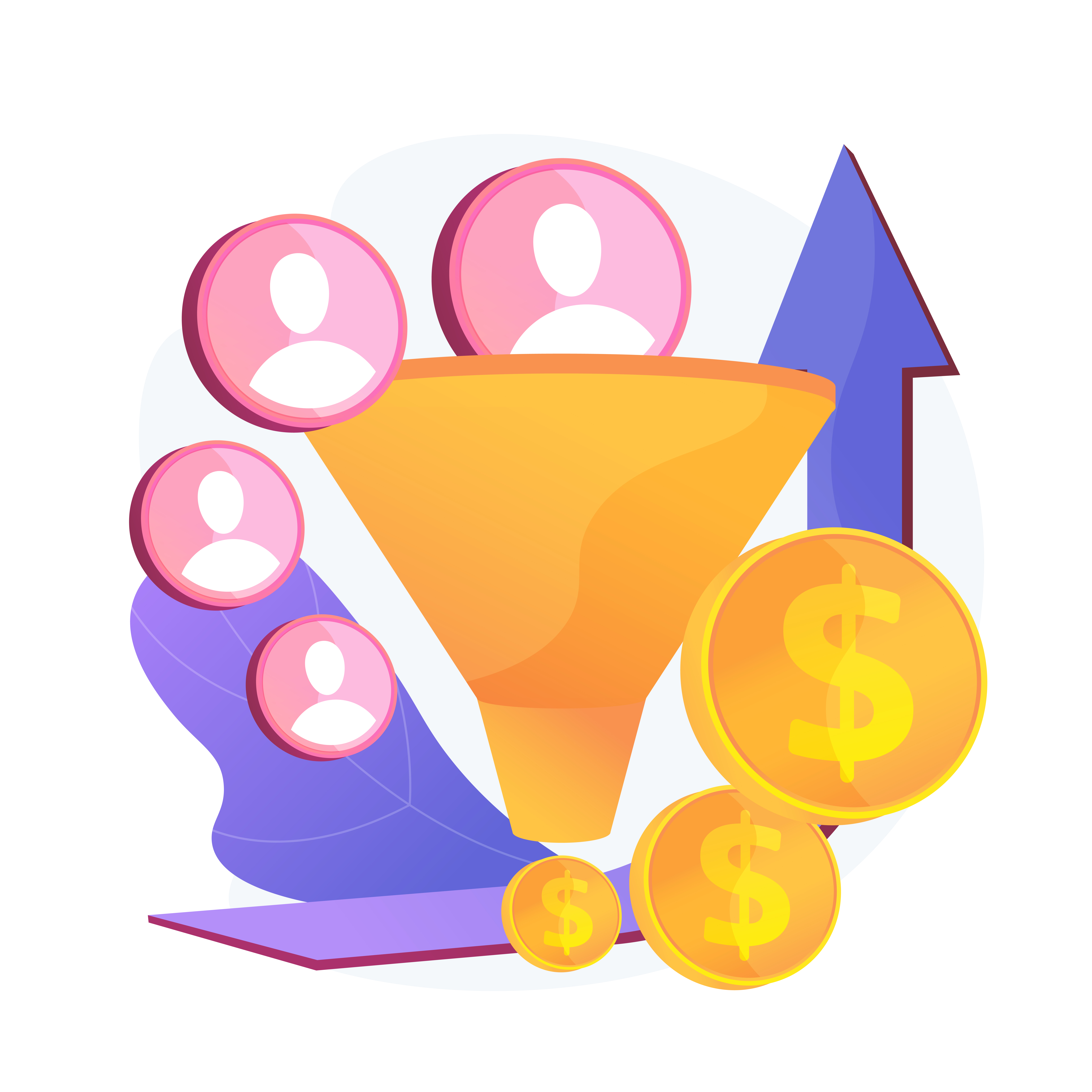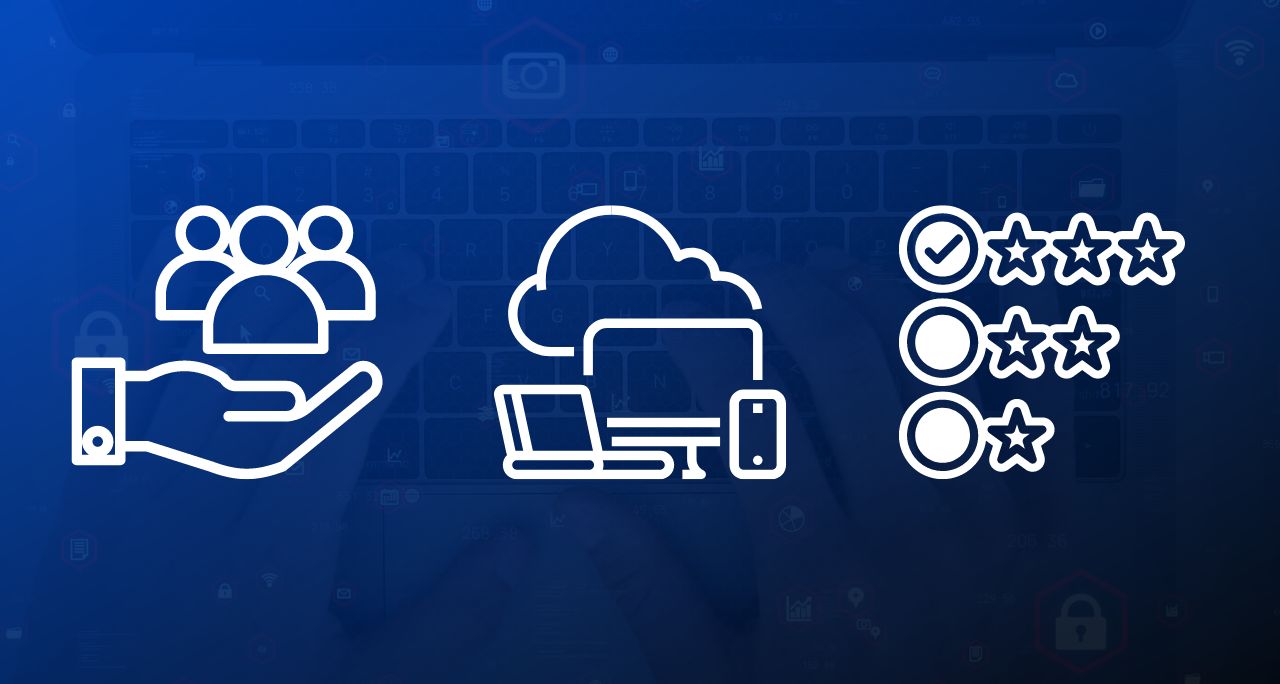In any business, customer success (CS) is that sweet spot where you’ve converted a lead and turned them into a loyal advocate for your brand. This results in customers being less likely to churn and more likely to renew with your company again.
However, that’s easier said than done. No doubt, you know the importance of reducing churn, but if you’re focusing on one metric, you may be missing the bigger picture: making sure the customers that stay are getting real value from your product rather than just making it work.
While it is essential for companies in the software industry to retain growth by retaining customers, they must be customer-centric and find new ways to increase customer value. A successful client who reaches their goals through using your products or services will be satisfied.

As the Global Customer Success Platforms Market is estimated to reach $3.1 billion by 2026, many companies don’t yet have a clearly defined CS strategy. Guided tours and generic manuals could be a good starting point, but you need to consider the whole customer journey and all the product paths taken to achieve a real SaaS customer success plan,
For your company to grow, clients must be successful! So, let’s proceed further into what is customer success in SaaS businesses and how to measure it?
Are You Providing Solutions to Your Customer Problems?
You may assume that customer success is the same as offering good user support. Customer support is a good answer, but it should be one of many here. While functionality problems are the first to be addressed when developing a SaaS product, the customer encounters various other situations that can affect their overall success. Therefore, generating customer success exceeds the scope of your support department and usually involves reviewing all customer touchpoints with the product.
Consider your user journey and develop a customer experience map to have a good start in analyzing what concerns could possibly emerge for your customers. No matter how nimble and thorough your customer support team is, it doesn’t necessarily address the number-one indicator of customer success: are your customers getting the business benefits they need and hoped for from your product?

Your clients purchased your product because they had a specific business problem to be solved. To turn them into customer success stories, you must ensure your product solves that problem and, ideally, goes beyond their expectations.
Lincoln Murphy at Sixteen Ventures also notes that customers should “continually and increasingly receive value from your product over the course of their lifetime as a customer.”
That means that you not only solve a problem but that you provide better solutions to that problem as the customer relationship progresses. Focus on key business outcomes, starting when your customer is still a prospect. Rather than going into a relationship trying to convince them of the value of your product features, shift your mindset to truly hone in on the customer’s priorities. Think about what your client could say about your product if they only had one minute to pitch it to their CEO.

Continue to emphasize those business outcomes throughout the onboarding process and the customer’s lifetime with you but also keep in mind that businesses and the markets they address aren’t usually static, especially in the software world. They’ll change as your understanding of your customers, your company, and its ability to deliver a product or a service, etc. mature and evolve.
How to Measure Customer Success
Measuring customer success must be done from two angles, both yours and your customers’. Reducing your churn rate and increasing expansion revenue easily measure your success.
It’s essential to quantify your customer’s success too, since it’s directly related to your success.
Of course, every business will have a different way of measuring customer success, and a lot of those metrics may initially be based on a gut feeling about who your most successful customers are. But you should approach your customer success strategy systematically, starting by defining what success really looks like for your customers: for each segment of your user base, what do they consider to be the best possible outcome of using your product?

A healthy customer success strategy will measure parameters, including retention rate, lifetime value, purchase rate, etc., to find trends in your customers’ journeys and determine where the sticking points are. This gives you an opportunity to adjust your products or services to help improve customer success and make it easier for users to achieve their goals.
Here’s a list that helps you answer the question what are the KPIs for customer success?
- Customer lifetime value
- Repeat purchase rate
- Customer retention rate
- Customer retention cost
- Churn rate
- Net Promoter Score (NPS)
- Customer satisfaction score
- Customer effort score
Getting down to more practical examples, let’s look at a few options you have to strengthen your customer success strategy:
- Usage stats – measure how often and for how long customers log into your platform so you can use this data to improve your UX and customer satisfaction;
- User engagement – look at the features customers are using and the actions they’re taking. Upgrades and extra purchases are a good way to understand if your clients are enjoying your products and want to use more of them;
- Referrals – if they’re recommending you to someone else, this is a clear indicator that they are really happy with how your product/platform works. Have a clear way of counting those referrals so you know who your brand evangelists are and how many you have;
- External data – for instance, if your service helps businesses with marketing and SEO, you can measure their search rankings for chosen keywords over time;
- Other metrics specific to your business. For digital commerce, for example, KPIs are tracked throughout the digital commerce lifecycle, from acquisition to activation, upgrade, and renewal. Some examples are conversion rate, cart loading time, renewal rates, trial conversion rates, cart abandonment, recovered cart abandonment, revenue uplift from cross-selling, upgrades, reduction in voluntary churn, revenue uplift from additional sales channels, and so on. Some brands even define a North Star Metric (NSM) that’s specific to their product line, which measures the value delivered to customers. This metric takes into account the actions that users who stick around the longest with the product take. For example, Facebook’s NSM is its daily active users, while Slack’s is the number of messages posted, both measuring holistically to what extent the company’s user base is achieving success with the product.
If there’s a way for you to measure a customer’s actual return on investment, by all means, do it, and tell them about it. For example, Sam’s Wholesale Club tells customers in renewal notices and at checkout exactly how much they’ve saved through their memberships. That’s great, but rarely will it be so simple in the SaaS world. Your customer success metric will more likely be an index of several different factors, some of them quantitative and some of them qualitative.
It is a complex pursuit, but a true customer success strategy involves doing the work eventually to somehow quantify the key business benefits of your product. If your product helps to generate more leads, what is considered a good outcome? Would your users view a five percent increase as success, or should it be closer to 50 percent? Identify your customer’s success point, and your calculation will naturally follow.
You can also think of quantifying revenue uplifts as well as cost savings – two different buckets that can lead to a better ROI.
A Focus on Customer Success Creates Brand Advocates
Customer success isn’t just about reducing churn, though that’s an important metric. It’s about ensuring that your customers’ needs are met beyond the point where they’re simply “satisfied” with your service. As greater customer success is achieved, your users turn into your advocates, recommending your product to their industry peers, and increasing your new sales.
Customer advocacy is one of the most important strategies in marketing. It can transform the relationship between businesses and their customers and, in doing so, convert already existing loyal customers into brand advocates and attract new ones in the process.
Learn more by downloading the Go Beyond Retention whitepaper on proven ways to keep customers coming back – and spending more.

Conclusion
A CS strategy is essential for SaaS providers as customer success is a more comprehensive strategic process than in other industries. From the first interactions with the product to the renewal of one’s subscription, customer success is joining path with every process of your customer journey for the overall success of your company.
Keep in mind that it doesn’t come just in a metric measurement form, but it also entails having a dedicated team within your company who works on constant development and adjustments according to your results. Sometimes, a simple thing, such as a direct email or graphic change in the platform, can increase your revenue substantially.
Remember, as Peter Druker said. It is the customer who determines what a business is, what it produces, and whether it will prosper. In the end, customer success will always be the best guarantee of your business’ prosperity!





